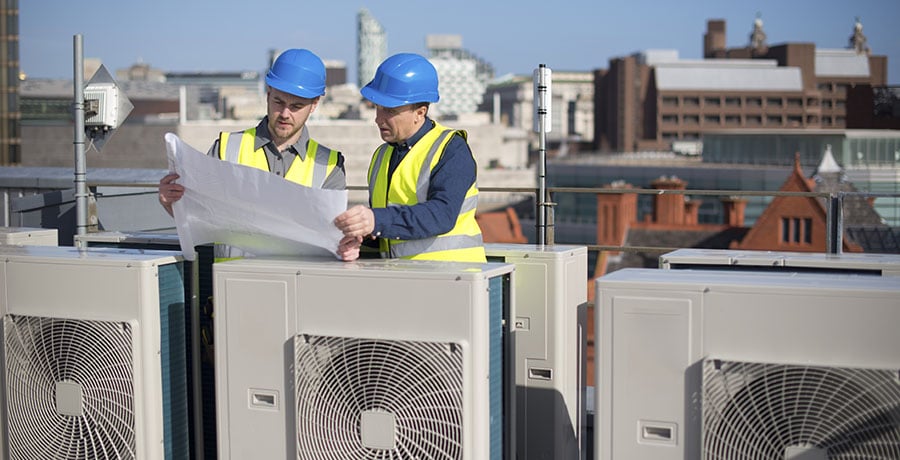The air conditioner, just like any other appliance in your home, it’s prone to problems. Here are some of the most common AC problems as given by HVAC repair services providers:
Stopping of the air conditioner
It’s a nightmare for many homeowners when the air conditioner stops working especially in the middle of a hot summer. This issue often comes about when the batteries are dead. All you need to do is to take a look at the thermostat batteries and replace them.
If still, the air conditioner won’t start, chances are that it’s not set as properly as it should be. In such a case, you should confirm that the thermostat is set in the “cooling” mode and you have set it at your desired temperatures.
Sometimes you will find the problem isn’t due to a faulty thermostat. In this case, you should take a look at the circuit breaker. You need to flip the breaker to the “on” position. If this still doesn’t fix the problem, consider contacting an HVAC expert to give the unit a look.
Failure of the air conditioner to work at all
Here you will turn on the unit, but it won’t start. This can be frustrating especially when you are baking in a hot house. In most cases, the AC will fail to turn on when there is no power going in. The circuit breaker might have tripped or the fuse might have blown.
The issue can also be as a result of broken or loose wiring. In rare cases, the issue will be due to thermostat problems.
You should start by trying to fix the problems that you can easily fix. For example, identify the reasons why there is no power flowing to the air conditioner. If having an electrical problem, consider hiring an expert to help you with fixing the faulty wiring.
Thermostat problems
When the thermostat isn’t working properly, it won’t signal the air conditioner properly. This not only leads to an improperly functioning air conditioner, it also leads to a unit that consumes a lot of energy.
The thermostat will fail to work properly when it’s not properly calibrated. If you have the calibration skills you should go ahead and calibrate the appliance, but if you have never done it before, let an experienced HVAC contractor handle it.
If you have the modern air conditioner, you can easily do the calibration by following the instructions given in the thermostat manual. The manual will also guide you on how to properly program the appliance.
Leaking or dirty ducts
When the air conditioner is properly set, you should have a room that is cold according to your expectations. When the room is warmer than expected, it means that there is improper air flow through the ducts.
Due to age or improper installation, it’s common for tears to develop in the ductwork. The purpose of air ducts is to carry the return air to the air conditioner for treatment and cooling; therefore, when there is a rip in the ducts, the cool air begins to escape inside the walls.
As you might guess, this leads to a warmer house. You also end up spending a lot of money on house cooling as the appliance is functioning inefficiently.
You need to hire an AC repair professional to go through your appliance and find out the torn ducts. If they are present, it’s the work of the contractor to fix them. Sometimes they can repair them while in other cases, they have to replace the ducts.
For you to avoid being caught unaware by the issue of dirty or leaking ducts, you should make a habit of inspecting your lines regularly. If you come across an issue, you should fix it immediately.
Drainage problems
The moisture removed by the air conditioner is removed through a drain line into a pan then funneled into a drain. In the event, the drain is clogged and the pan overflows, the water tends to back up damaging the system in the process.
For you to avoid this, HVAC contractors Fairfax recommend that you make it a habit of inspecting the drain lines and in the event, they are damaged or at the blink of filling up, replace or empty them.








